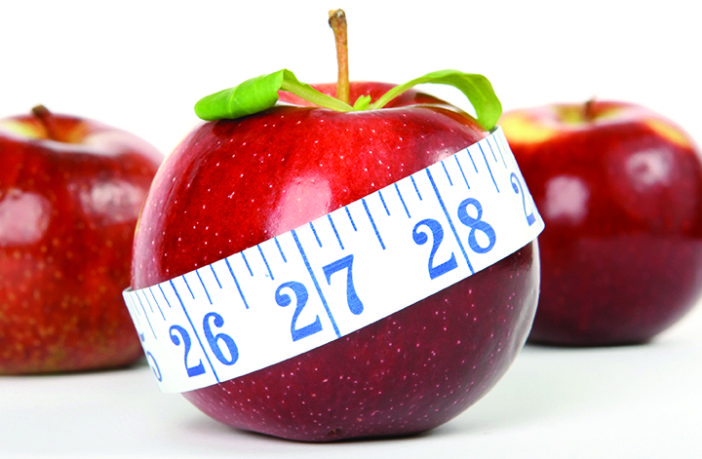BY SHAUN SABICO, MD, PHD
I think it’s safe to assume that in today’s world, every educated and “internet-literate” adult has, in one way or the other, been bombarded and simultaneously confused by the numerous trendy diets available, all having the same promise of having the desired decrease in weight with a parallel increase in self-confidence. Given our modern perception of what a physically attractive body should look like, these trendy diets have effectively created billion dollar industries and for a good reason: they ALL work. BUT the caveat is equally obvious too: YES, they all work, but their level of efficacy is highly dependent on the individual’s commitment to the program. Such premise has given birth to the era of customized nutrition.
Having studied human metabolism for more than a decade now, I can say that the benefits of the trendiest diets that we know of (ketogenic, paleo, 30-day, intermittent fasting, etc.) are undoubtedly real and clinically proven. Ketogenic diet for instance (low carb, high fat and moderate protein), has been used as a protocol for patients with known chronic diseases. Paleo diet, on the other hand, is easier to adhere to: just think of what your greatest of the great-grandfather/hunter would eat: whole, unprocessed foods. Other programs such as the 30-day diet and alkaline diet are just modified variations of keto and paleo: they ALL cut carbs, processed foods and preservatives, the common denominators.
 So what’s the basis for the personalized approach if all these trendy diets are actually peas of the same pod? The short answer (aside from the level of commitment as previously mentioned) is our metabolism. As much as I want to expound on that, metabolism experts still haven’t figured out why there is a huge variation in individual human metabolism, even among those having the same anthropometric characteristics. What we do know is that metabolism is affected mostly by the things we have no control of: it decreases as we age, it is slower in women than men and of course, genetics. Furthermore, majority (and by that I mean as much as 80%) of what we eat is burned by basal metabolic rate, the energy used when we actually do NOTHING! Drastic weight loss can reduce basal metabolic rate, but is clinically unhealthy and will never be advised by any sane clinician. So what are we left to play with? The usual physical activity to compliment these trendy diets. While it represents just a fraction of what we have full control of in terms of burning calories, it significantly matters and all experts (including your greatest of the great-grandfather/hunter) will agree.
So what’s the basis for the personalized approach if all these trendy diets are actually peas of the same pod? The short answer (aside from the level of commitment as previously mentioned) is our metabolism. As much as I want to expound on that, metabolism experts still haven’t figured out why there is a huge variation in individual human metabolism, even among those having the same anthropometric characteristics. What we do know is that metabolism is affected mostly by the things we have no control of: it decreases as we age, it is slower in women than men and of course, genetics. Furthermore, majority (and by that I mean as much as 80%) of what we eat is burned by basal metabolic rate, the energy used when we actually do NOTHING! Drastic weight loss can reduce basal metabolic rate, but is clinically unhealthy and will never be advised by any sane clinician. So what are we left to play with? The usual physical activity to compliment these trendy diets. While it represents just a fraction of what we have full control of in terms of burning calories, it significantly matters and all experts (including your greatest of the great-grandfather/hunter) will agree.
Living in Riyadh and having done several intervention studies targeting Saudis who are obese and those who have prediabetes, I reinforce that any of these trendy diets will work and will actually reduce their risk to full diabetes progression regardless of their metabolic status. This is true even among apparently healthy individuals who just struggle with either weight issues or achieving the “fit” image. As proven previously from other populations having the same conditions, the magic happens when the individual’s “trendy diet” of choice transforms to “lifestyle modification”. The key for optimum results is far more challenging as you go beyond the fad and seriously considering your trendy diet a lifetime commitment. It is at that point when the weight loss stops and keeping it that way for long (inshallah) begins.




